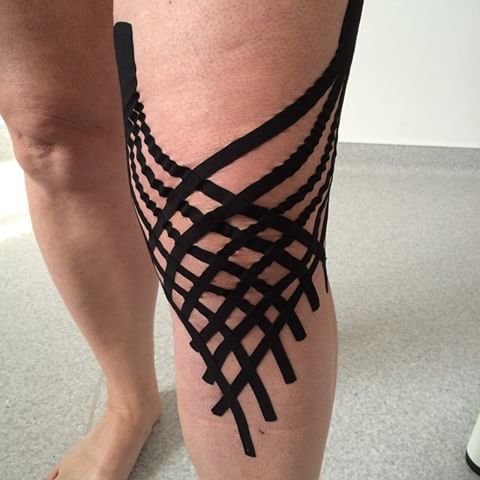Lymphatic Drainage
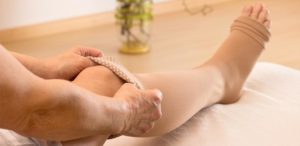
Some of the conditions that may benefit from lymphatic drainage massage include:
- Swollen legs or arms due to fluid retention
- Swelling of a limb: pre or post-surgery
- Lymphoedema. (Hock K, Colby L 2012)
- Post-mastectomy or breast cancer treatment. (Torres Lacomba M et al 2010)
- Breast tenderness & congestion.
- Fibromyalgia & Lupus
- Chronic Fatigue Syndrome
- Depression & Anxiety
- Hormonal & emotional imbalances
- Cellulite fat accumulation.
One of the main reasons people present to the clinic for Lymphatic Drainage massage is for post surgery swelling, mastectomy and lymphoedema
Are you affected by lymphoedema?
Lymphoedema can be a side effect of some breast cancer treatments (as well as numerous other surgeries and conditions). It is a condition that relates to the body’s lymph nodes and it can cause swelling and discomfort.
Lymph nodes are glands that filter and drain fluid that circulates around the body. They are located through-out the body, including in the breast and armpit (axilla) which is important to understand during breast surgery.
Lymph nodes are often removed during breast cancer surgery. Sometimes they are damaged by radiotherapy. When lymph nodes are removed or damaged, the natural flow of fluid from your breast and arm can be restricted. When this happens, swelling occurs and it is called lymphoedema.
While there is no known cure for lymphoedema, early diagnosis and treatment make it easier to manage.
It is important to remember that not all women who have lymph nodes removed during their surgery will develop lymphoedema.
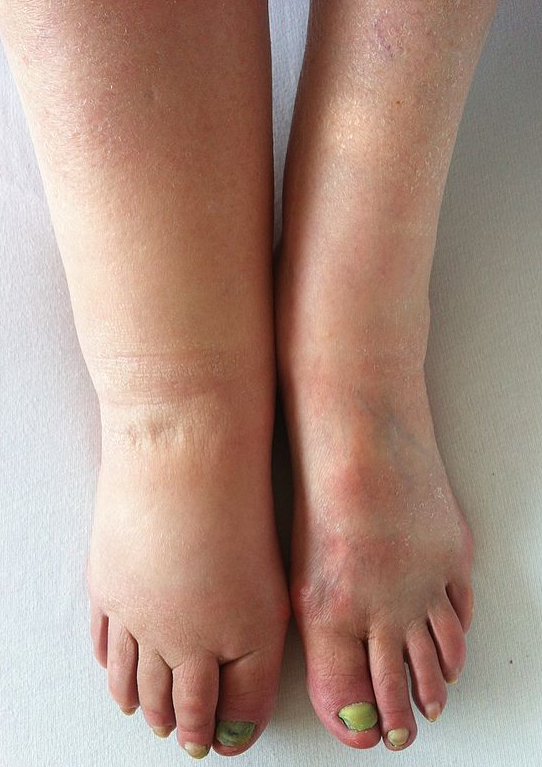
What is Manual Lymphatic Drainage Massage (MLD)
Manual lymphatic drainage (MLD) is a type of gentle massage which is intended by proponents to encourage the natural circulation of the lymph through the body. The lymph system depends on peristalsis and the movement of skeletal muscles to squeeze fluid through lymph ducts and vessels. When this does not occur automatically, it can be achieved manually by trained therapists.
Manual Lymphatic Drainage was pioneered by Dr. Emil Vodder in the 1930s for the treatment of chronic sinusitis and other immune disorders. While working on the French Riviera treating patients with chronic colds, they noticed these patients had swollen lymph nodes. In the 1930s it was considered taboo to tamper with the lymphatic system due to the medical profession’s poor understanding of this system. The Vodder’s were not deterred by this, and in 1932 began to study the lymph system, and developed careful hand movements to cause lymph movement. In 1936 after four years of research they introduced this technique in Paris, France.
Manual Lymphatic Drainage Massage is now recognized as a primary tool in Lymphoedema management.
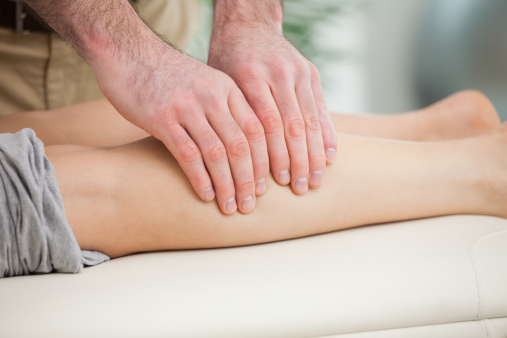
Reducing your risk of developing lymphoedema
There are a number of things you can do to reduce your risk of developing lymphoedema (from Breast Cancer Australia Network). These include:
Take care of your skin
- Keep your skin moist using a moisturising cream
- Protect your skin from the sun with clothing and sunscreen.
- If shaving your armpit, use an electric razor instead of a wet razor.
- Use insect repellent and, if bitten, use a product to reduce the itchiness of the bite.
- Protect your hands with gloves while washing dishes or gardening.
- Treat any cuts or breaks to the skin with antiseptic.
- If a cut, bite or break to the skin becomes red or inflamed, or if your arm swells quickly or becomes red and warm, see your doctor as soon as possible as you may have an infection that requires antibiotics.
Keep active – Clinic 88 offers specific Post Cancer exercise classes to help manage your symptoms.
Call 6253 2388 to book your spot.
Classes are small, like minded and fun!
- Gentle, regular exercise greatly assists in the treatment of lymphoedema. Muscle movement increases lymph flow and reduces the risk of fluid accumulating.
- Where possible, avoid using the arm on the side of your surgery for blood pressure measurements, injections, blood samples or intravenous drips. To date there is not enough evidence to be sure that these procedures can trigger lymphoedema, however it’s best to take precautions.
- Avoid saunas and spas where possible.
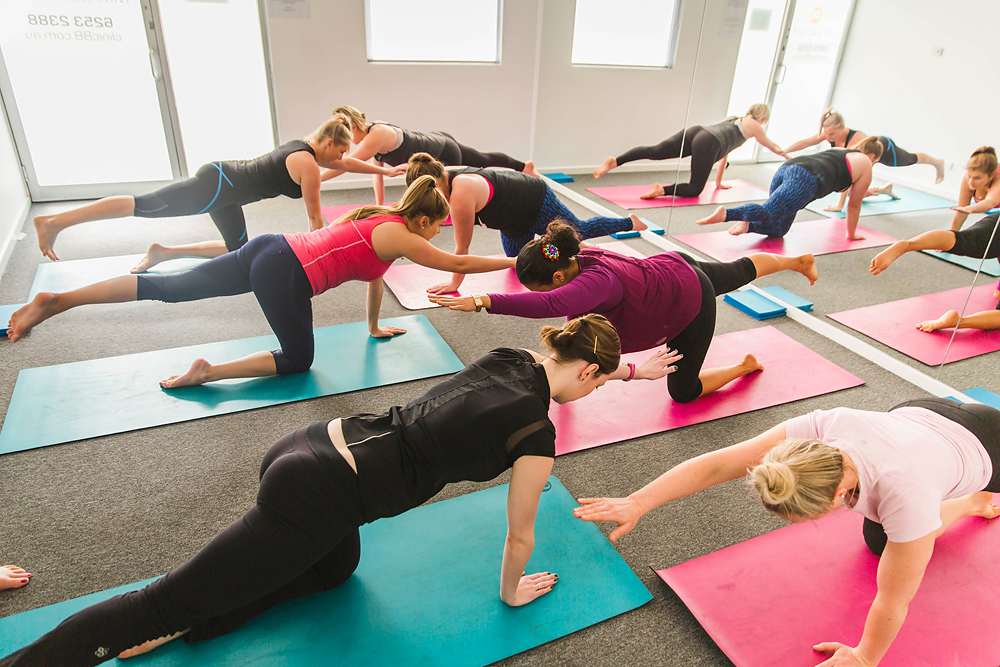
Symptoms of lymphoedema
Women who have had surgery for breast cancer have a lifetime risk of developing lymphoedema. Lymphoedema can occur any time after surgery. It may even begin many years after your surgery.
Early symptoms include:
- swelling of the arm, breast or hand (your rings, sleeves or wristbands may feel tight)
- feelings of discomfort, heaviness or fullness in the arm or breast
aching, pain, tension in the arm, shoulder, hand, chest or breast area.
Managing lymphoedema
There is no known cure for lymphoedema but there are ways to manage it. Management options include good skin care, gentle exercise, lymphatic drainage massage and the use of compression garments on the affected arm. These treatments are designed to reduce and control swelling, improve your range of movement and prevent infections.
